What is Atopic Dermatitis?
Atopic dermatitis is a chronic skin condition that affects many people. This disease causes symptoms such as itching, inflammation, and dryness, significantly impacting patients’ daily lives. Traditional treatments often involve the use of steroids and immunosuppressants, but these are not effective for all patients and carry risks of side effects. Recently, a new approach using autologous cultured stem cells has been gaining attention. This innovative treatment leverages the patient’s own cells, offering high safety and promising results. In this article, we will explore the mechanisms, treatment process, and clinical trial outcomes of this revolutionary therapy.
What are Autologous Cultured Stem Cells?
Autologous cultured stem cells are a group of cells extracted from a patient’s own stem cells and then cultured to increase their numbers. These stem cells have pluripotent capabilities, meaning they can differentiate into various cell types. During the culturing process, growth factors, cytokines, and exosomes are produced, and these components play a vital role in skin regeneration and repair.
Growth Factors
Growth factors are proteins that promote cell proliferation and differentiation, playing an important role in intercellular signaling. These include epidermal growth factor (EGF), vascular endothelial growth factor (VEGF), and fibroblast growth factor (FGF). These components enhance skin regeneration and repair, strengthen the skin barrier function, and improve resistance to external irritants. Growth factors help repair damaged skin cells, reducing damage caused by atopic dermatitis.
Cytokines
Cytokines are proteins that mediate intercellular communication, contributing to immune regulation and inflammation suppression. Particularly, interleukin-10 (IL-10) and interferon-gamma (IFN-γ) have anti-inflammatory effects. Cytokines suppress excessive immune responses and reduce inflammation caused by atopic dermatitis, alleviating redness and swelling and improving patient comfort.
Exosomes
Exosomes are small vesicles secreted by cells that play a role in intercellular communication. They contain growth factors and genetic material, which promote skin regeneration and repair. Exosomes support cell-to-cell communication and optimize cellular functions, improving skin health and alleviating symptoms of atopic dermatitis.
Causes and Symptoms of Atopic Dermatitis
The exact causes of atopic dermatitis are not yet fully understood, but genetic factors, environmental factors, and immune system abnormalities are believed to be involved.
Genetic Factors
Genetic factors play a significant role in atopic dermatitis. Having a family history of atopic dermatitis increases the risk of developing the condition. Notably, abnormalities in the filaggrin gene are associated with impaired skin barrier function. These genetic abnormalities reduce the skin’s moisture-retaining ability, making it more prone to dryness. Genetic factors also influence immune system responses, making inflammation more likely.
Environmental Factors
Environmental factors also greatly impact the onset of atopic dermatitis. Allergens (e.g., dust mites, pollen, pet dander), air pollution, climate changes, and stress can exacerbate symptoms. Additionally, food allergies, detergents, and cosmetics can also affect the condition. These environmental factors weaken the skin barrier, making it more sensitive to external stimuli and prone to inflammation.
Immune System Abnormalities
Abnormal immune system reactions are often the cause of atopic dermatitis. The immune system overreacts, triggering inflammation in the skin. This immune system dysfunction weakens the skin barrier, increasing sensitivity to external irritants. As a result, inflammation occurs easily, leading to symptoms of atopic dermatitis.
Main Symptoms
- Itching: Persistent and intense itching, often worse at night, which can disrupt sleep and daily activities.
- Dryness: Skin becomes dry and prone to cracking. Dry skin has a weakened barrier function, making it more vulnerable to external irritants.
- Inflammation: Redness, swelling, and rashes may occur, sometimes accompanied by oozing. Inflammation damages the skin and worsens symptoms.
- Chronicity: Symptoms often persist over a long period and frequently recur. Chronic symptoms significantly lower the patient’s quality of life.
Mechanism of Autologous Cultured Stem Cell Treatment
Autologous cultured stem cells improve atopic dermatitis symptoms through the following mechanisms:
Repair of the Barrier Function
The growth factors contained in autologous cultured stem cells enhance the skin barrier function, protecting against external irritants. This reduces dryness and alleviates itching. Growth factors promote the proliferation of skin cells, playing a role in restoring the barrier function. With the repair of the barrier function, skin health improves, and resistance to external stimuli is strengthened.
Suppression of Inflammation
The cytokines and exosomes in autologous cultured stem cells regulate immune responses and suppress inflammation. This alleviates the main symptoms of atopic dermatitis, such as redness and swelling, and improves the skin’s condition. Cytokines suppress the production of substances that cause inflammation and inhibit excessive immune responses, resulting in reduced inflammation and healthier skin.
Skin Regeneration
Growth factors and exosomes promote the regeneration of skin cells and assist in repairing damaged skin. This leads to the regeneration of healthy skin and alleviation of atopic dermatitis symptoms. Skin regeneration is achieved by maximizing the properties of stem cells. Stem cells differentiate into various types of skin cells to repair damaged areas, resulting in highly effective treatment.
Actual Treatment Process
Treatment using autologous cultured stem cells follows these steps:
Counseling
The treatment begins with specialist counseling, where the patient’s symptoms, treatment history, and current health condition are thoroughly assessed to create the best treatment plan. The counseling also addresses patient expectations and concerns, providing detailed explanations of the benefits and risks of the treatment.
Stem Cell Extraction
The patient’s own stem cells are extracted from fat tissue or bone marrow. This process is performed under local anesthesia, causing minimal discomfort. The extracted stem cells are cultured using specialized techniques. Since the patient’s own cells are used, the risk of rejection or side effects is significantly reduced.
Development of a Treatment Plan
Based on the counseling results, a personalized treatment plan is developed. The number and duration of treatments vary depending on the patient’s symptoms and response. The plan is flexible and tailored to the patient’s lifestyle, with clear explanations of necessary care and precautions during treatment.
Treatment
The cultured autologous stem cells are directly injected or applied to the skin. The treatment is painless and has minimal side effects. During the procedure, the specialist monitors the patient’s condition and provides appropriate care. Post-treatment care is also thoroughly explained by the specialist.
Aftercare
The patient’s progress is monitored after treatment, and additional sessions are provided if needed. Specialists provide regular check-ups to ensure the best possible care. Advice on daily skincare, diet, and lifestyle habits is also provided to support the patient’s overall health.
Clinical Trials and Results
The effectiveness of autologous cultured stem cell therapy has been confirmed in clinical trials. Below are some key findings:
Improvement Rate
Clinical trials have shown that many patients experienced symptom improvement. In particular, itching and dryness were significantly reduced, greatly improving the patients’ quality of life. Many patients reported that the treatment enabled them to live comfortably, highlighting the effectiveness of autologous cultured stem cell therapy.
Side Effects
Since autologous cultured stem cells use the patient’s own cells, side effects are rare. The treatment is highly safe and suitable for a wide range of patients. Reported side effects during treatment were mostly mild, and special care was rarely needed after the procedure. This makes autologous cultured stem cell therapy suitable for patients requiring long-term treatment.
Long-Term Effects
The benefits of the treatment have been reported to persist for extended periods. This prevents recurrence and helps maintain long-term skin health. Many patients who received the treatment experienced sustained improvements and significantly reduced recurrence rates. These long-term effects underscore the sustained advantages of autologous cultured stem cell therapy.


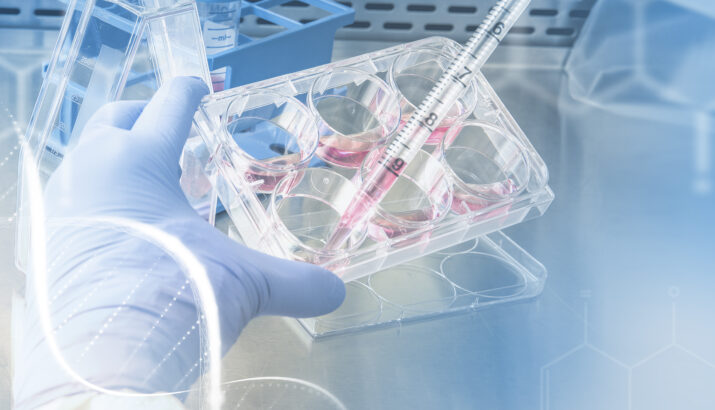
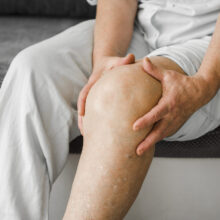

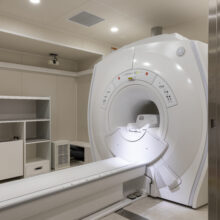
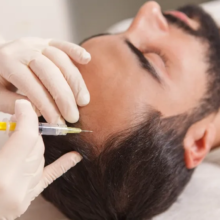
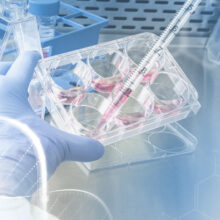
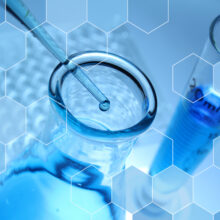

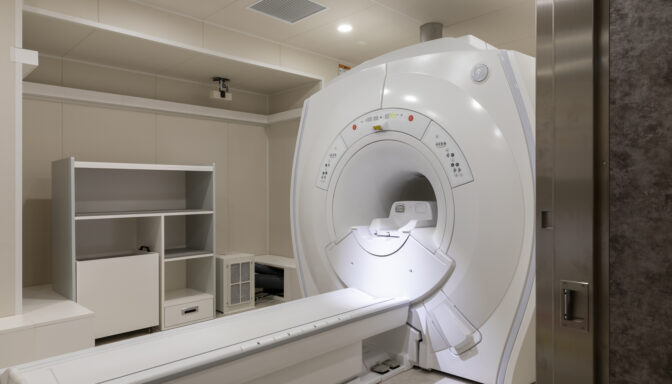
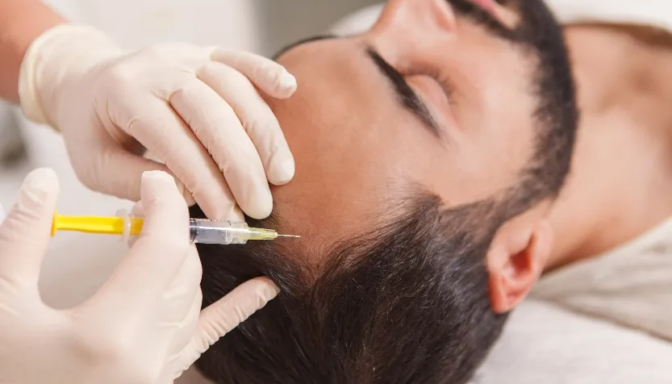




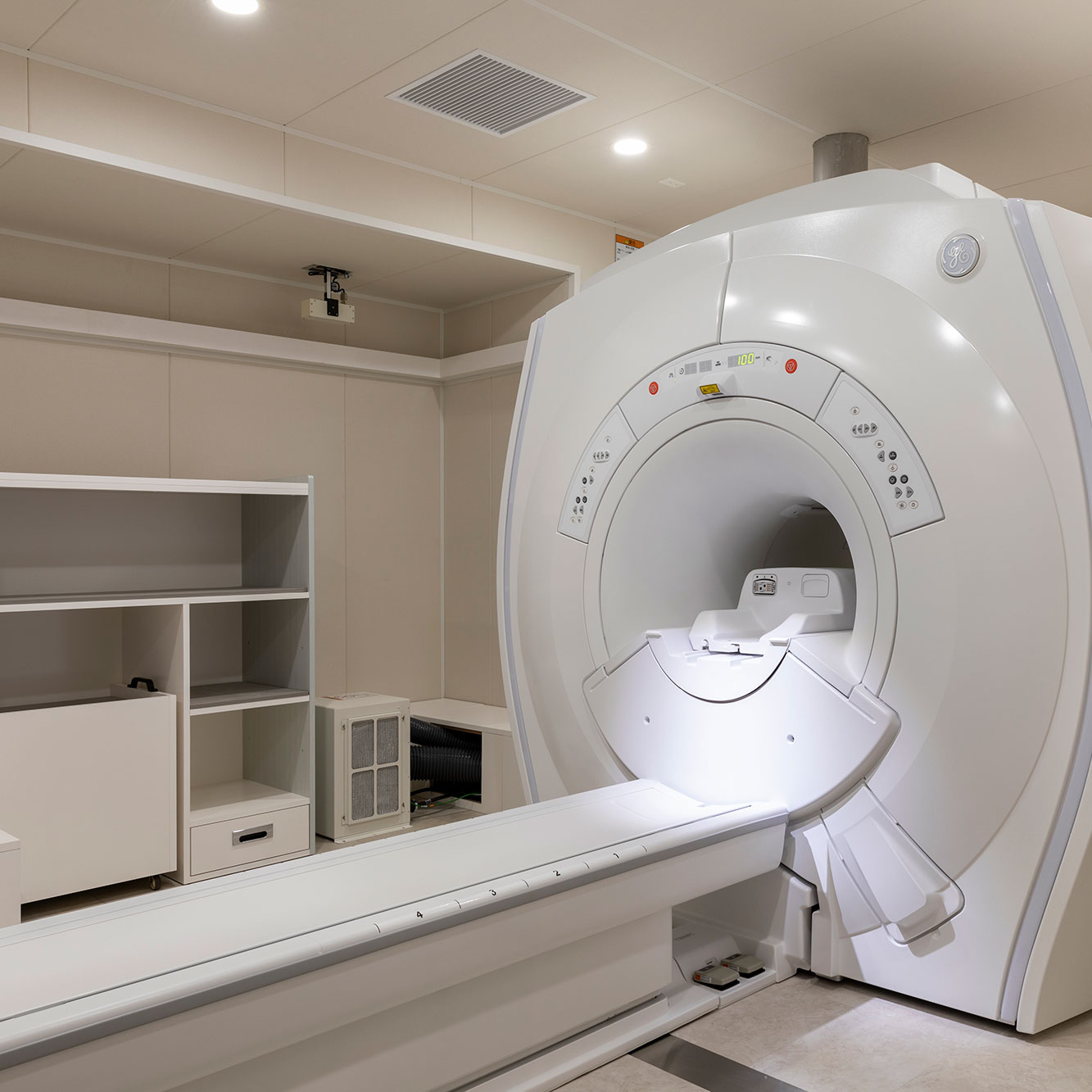
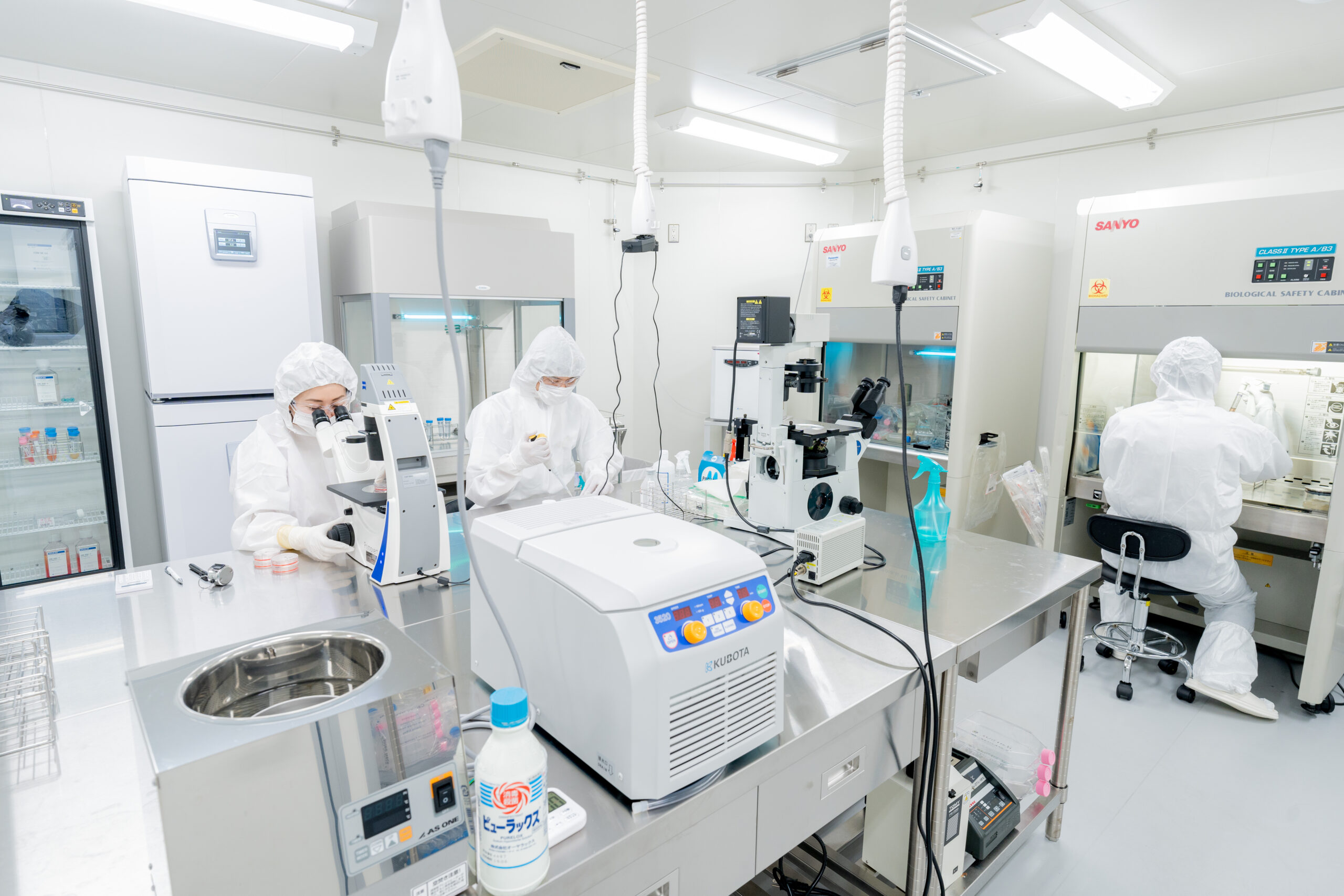
コメント